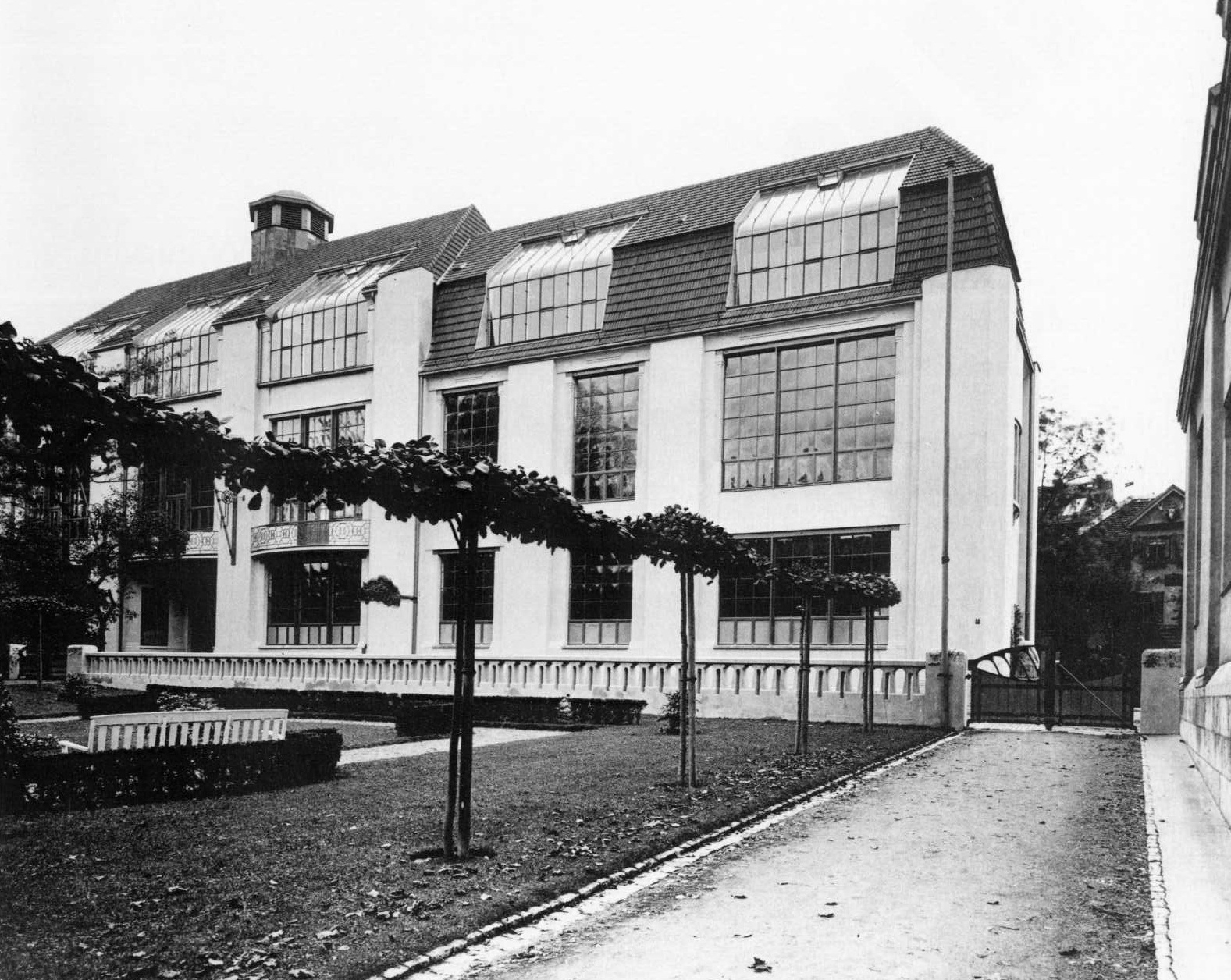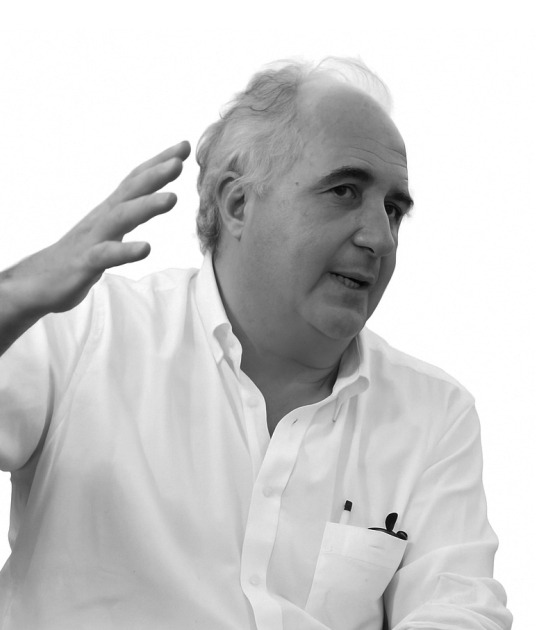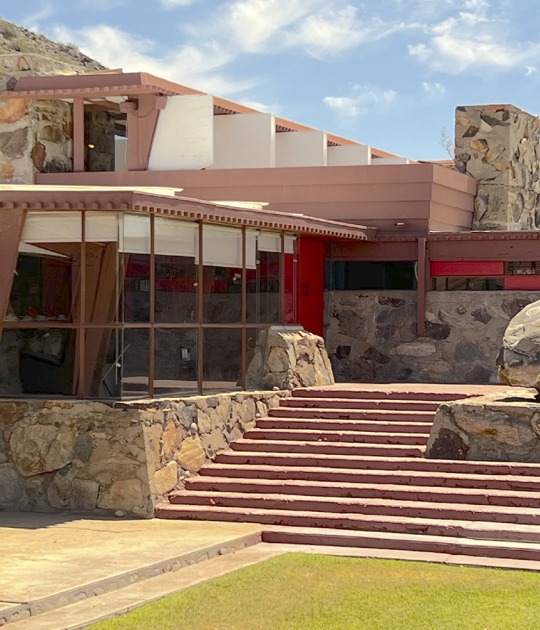The Origins
The Bauhaus was housed in three venues - Weimar, Dessau and Berlin - and had three architects as its directors: Walter Gropius, Hannes Meyer and Mies van der Rohe. But before this powerful and potent idea was forged, there was already a school of Arts and Crafts directed by the architect Henry van de Velde.
Henry van de Velde settled in Weimar and had achieved something that the Bauhaus would later pursue at all costs: to mediate between the craftsmen and manufacturers of Thuringia to produce useful, modern designs.
The Belgian director was forced to resign and left Germany because of the strong pressure. Due to the impending war, he was considered an enemy of the fatherland, but, before resigning his post, he had already maintained contact with W. Gropius and had proposed him as a possible successor along with Hermann Obrist and August Endell.
Once the First World War was over, Gropius resumed contacts with Weimar although the interlocutors and the purposes had changed.
The revolution of November 1918 entails the birth of the Republic. The four years of strife tear lives apart and cut off expectations, but also make a clean sweep with the past and create a new feeling where art and society should go together. Artists and craftsmen must unify forces because the people should not be left out from artistic experience and architecture will be the greatest expression that will compile the other manifestations, and therefore, the architects will be the main precursors and engines of this new era.
In April 1919 the Bauhaus opened its doors to a youth eager to participate in this new era, a youth who trusted in the idea that culture meant the freedom of the people and where 84 women and 79 men, the first batch of students, heard for the first time time art could not be taught, but artisanal learning could through the workshops offered by the school.
Building of the School of Art in Weimar, architect: Henry van de Velde / photograph by Louis Held, c. 1911.
Art and Technology, A New Unity
In the summer of 1923 the great exhibition was held where the Bauhaus had to show its achievements abroad: exhibitions, conferences, meetings, theatrical performances, parties ... all this was aimed at the large audience that attended and not only made them imagine a new way of life with the Haus am Horn experimental house, they also made their own, under the Bauhaus Pavilion, a new way of understanding architecture.
It was necessary to have external help and Gropius had no problem calling Le Corbusier, J.J.P. Oud, G.T. Rietveld, Frank Lloyd Wright and several Russian and Czech architects as well as his compatriots Erich Mendelsohn, Mies van der Rohe, Hans Poelzig, Bruno and Max Taut to demonstrate to the local authorities and the general public that the Bauhaus championed, as if its own, the language of the new architecture that was being created, not only in Germany.
These women and men, with an innovative consciousness in their experiences with textiles, metals, ceramics, mural painting, but also through literature, painting, theater and music, without forgetting mathematics, technical drawing and physics, they managed to give a new integrative approach in which modernity was experienced in all its facets, including a form of associative and mixed coexistence that led to a new architectural result.
The sudden withdrawal of subsidies forced the Bauhaus to move. The result of the years lived in Weimar must be interpreted as a laboratory of ideas that crystallized in the new headquarters for the school in Dessau, the new building that will represent the new objectivity and the good form to which all the objects designed by the school should aim.
"For its construction, I gathered the entire body of professors and students in true teamwork. The hard task of coordinating the multiple facets of design in the real construction of a building was a resounding success and none of the collaborators felt hurt in their self-esteem. On the contrary, the fact of turning the school into a construction site increased the morale of the students, who felt directly responsible for the work they did. The team with which I had dreamed, formed by people inspired by a common will and purpose, had become a reality."(2)
Walter Gropius, recalling that time.
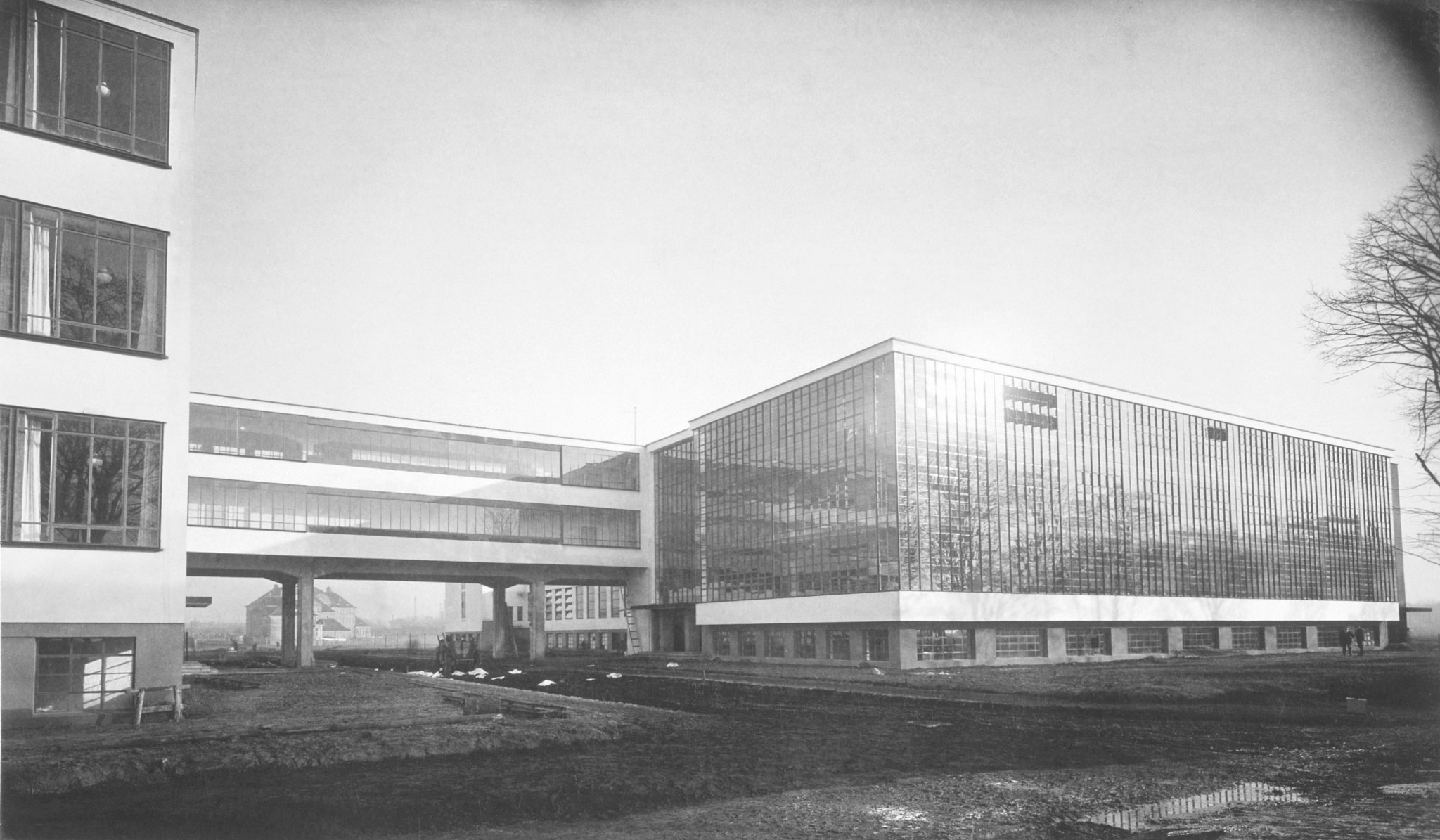 Bauhaus building Dessau from north-west, architecture: Walter Gropius. Photograph by Lucia Moholy, 1926.
Bauhaus building Dessau from north-west, architecture: Walter Gropius. Photograph by Lucia Moholy, 1926. The Bauhaus in Dessau
The new construction, asymmetric, with a balance of volumes that gave the whole a great dynamism, offered a new space-time concept. The building was perceived as something changing, in continuous movement.
On December 4 and 5, 1926, the building complex was inaugurated offering students workshops, classrooms, a canteen and assembly hall, as well as apartments for students and housing for teachers.
The student Arieh Sharon remembered that premiere as follows:
"The next day the Vorkurs (preliminary course) began. We were twenty-five boys and girls in total from different cities and countries (not one from Dessau). With different origins and concepts about our future. Some with the intention of continuing with the fine arts in the studios of Masters Klee, Kandinsky and Feininger, or in the theater workshop of Schlemmer, others attracted by the industrial or interior design in the workshops; only a few of us wanted to be architects." (3)
The Bauhaus still did not have its own architecture workshop, so the hiring of Hannes Meyer was important, and with him the construction section finally came to be. The Federation of Trade Unions ADGB school, built in Bernau, was once again an opportunity for the students to materialize the ideas of Meyer and Hans Wittwer, winners of the competition.
Simplicity, honesty in materials and structure, cleanliness of ornaments to reach the essence of things. A vow of poverty and humility, this building would become the icon of the Meyer era, promoted to director shortly after serving as professor and suddenly ceased in the summer of 1930.
Mies van der Rohe would replace him, being the last director of the school. He arrived in Dessau after his successful German pavilion at the Barcelona exhibition, a building considered one of the most beautiful and sublime of the 20th century.
He could exercise his position for barely two years. In the summer of 1932, the municipal plenary agreed on the closure of the Bauhaus.
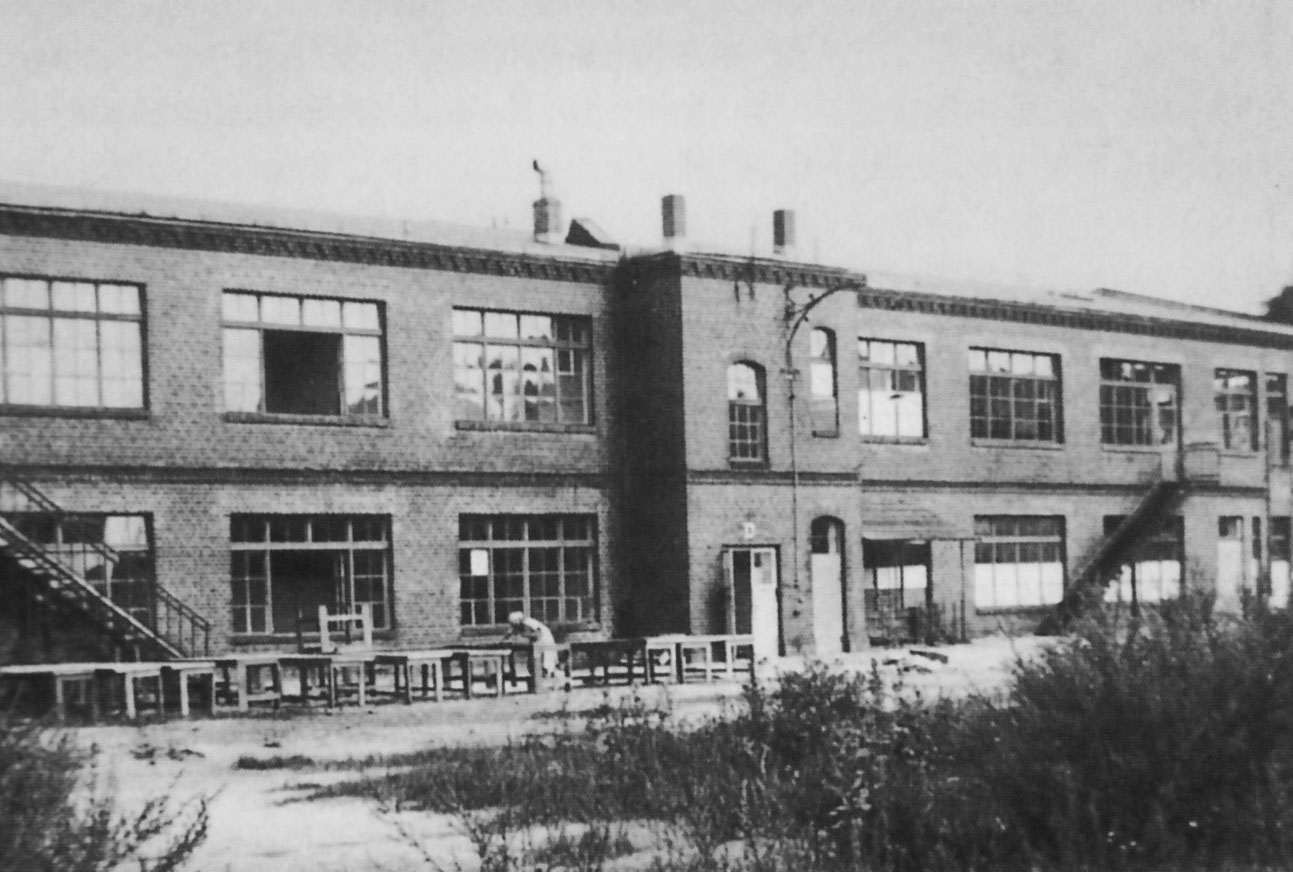 Bauhaus Building in Berlin, Birkbuschstraße in Berlin-Steglitz. Photograph by Howard Dearstyne, 1932.
Bauhaus Building in Berlin, Birkbuschstraße in Berlin-Steglitz. Photograph by Howard Dearstyne, 1932. The Bauhaus in Berlin
As the School was shrinking in size, its name grew larger. From State in Weimar passed to Provincial in Dessau and ended up as a private academy in a former telephone factory in the outskirts of Berlin.
The few months spent in the German capital due to the forced transfer from Dessau had an abrupt end. The Bauhaus was sealed shut, as a metaphor of the gag imposed on thousands of people who could no longer articulate a word. The Weimar Republic was exhausted and a new regime, that of Adolf Hitler, ended the Bauhaus. It ended the school, but not its ideas, because as Mies said, only an idea has the strength to spread with such intensity.
 Signet "new bauhaus", author: László Moholy-Nagy, 1937. NOTES.-
Signet "new bauhaus", author: László Moholy-Nagy, 1937. NOTES.-(1). Sigfried Giedion, Walter Gropius. New York: Dover Publications, 1992, p.18. Reprint from the 1954 original.
(2). Walter Gropius, La nueva arquitectura y la Bauhaus. Barcelona: Editorial Lumen, 1966, p.104.
(3). Arieh Sharon, Kibbutz+Bauhaus, an architect’s way in a new land. Stuttgart: Karl Krämer Verlag, 1976, p.28.
